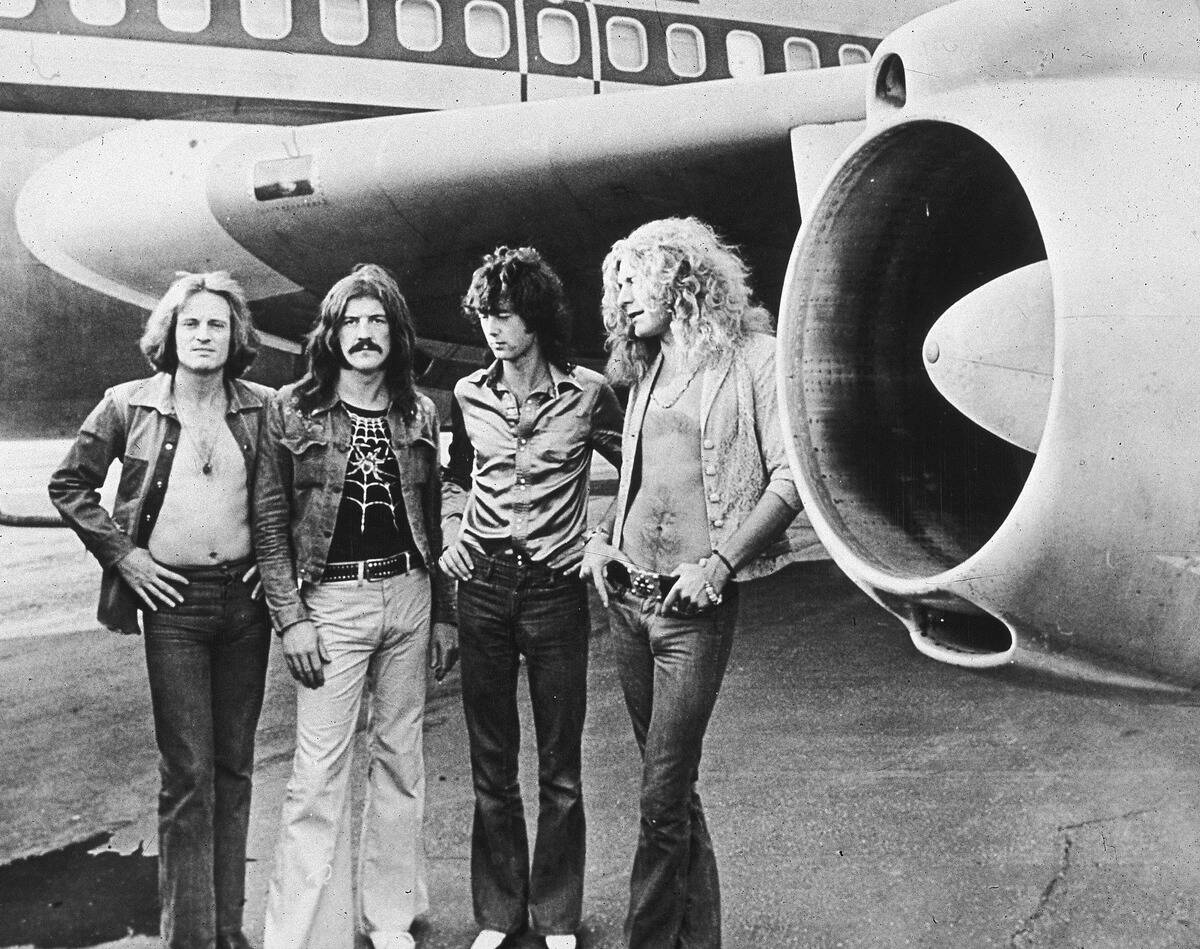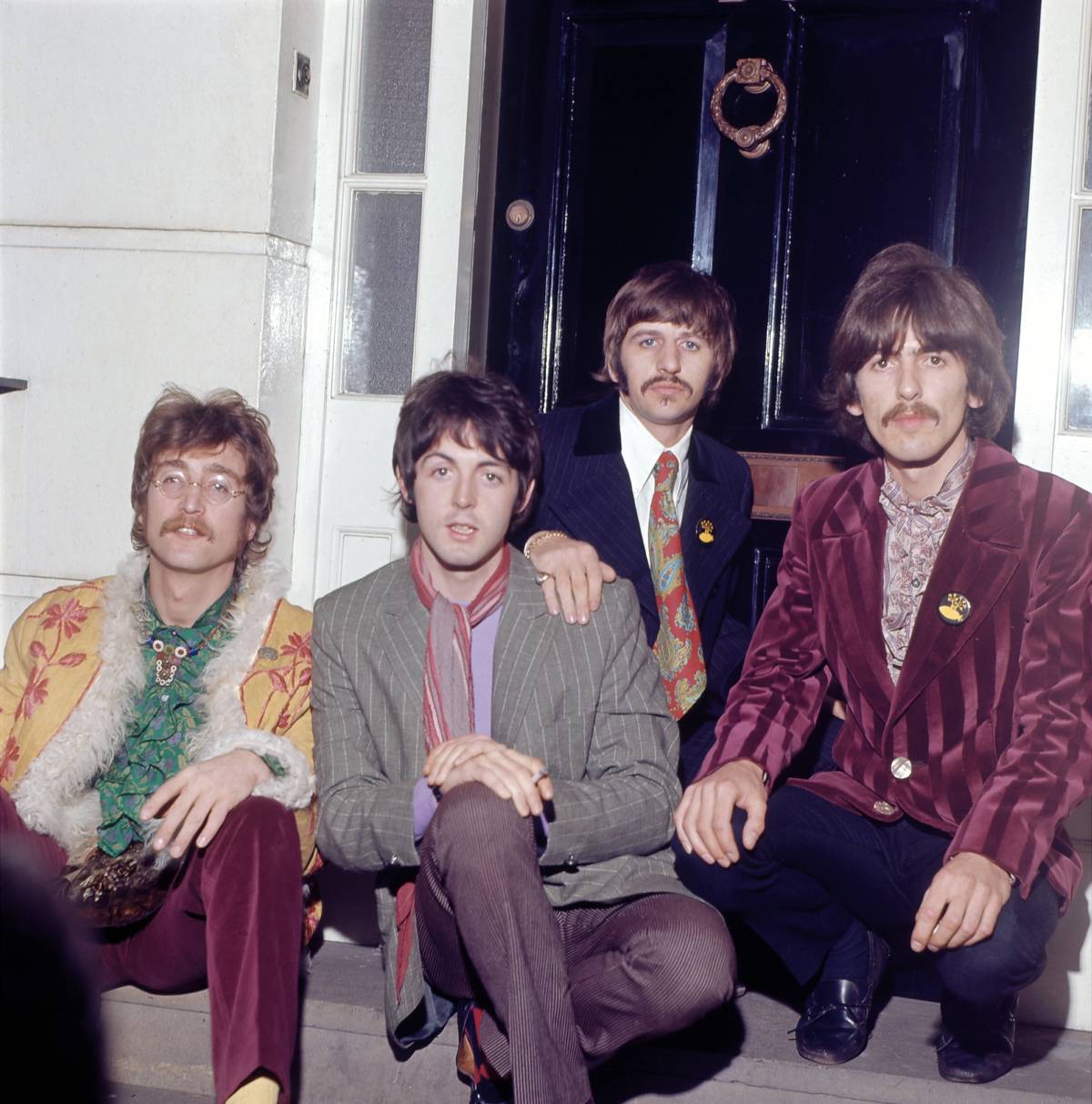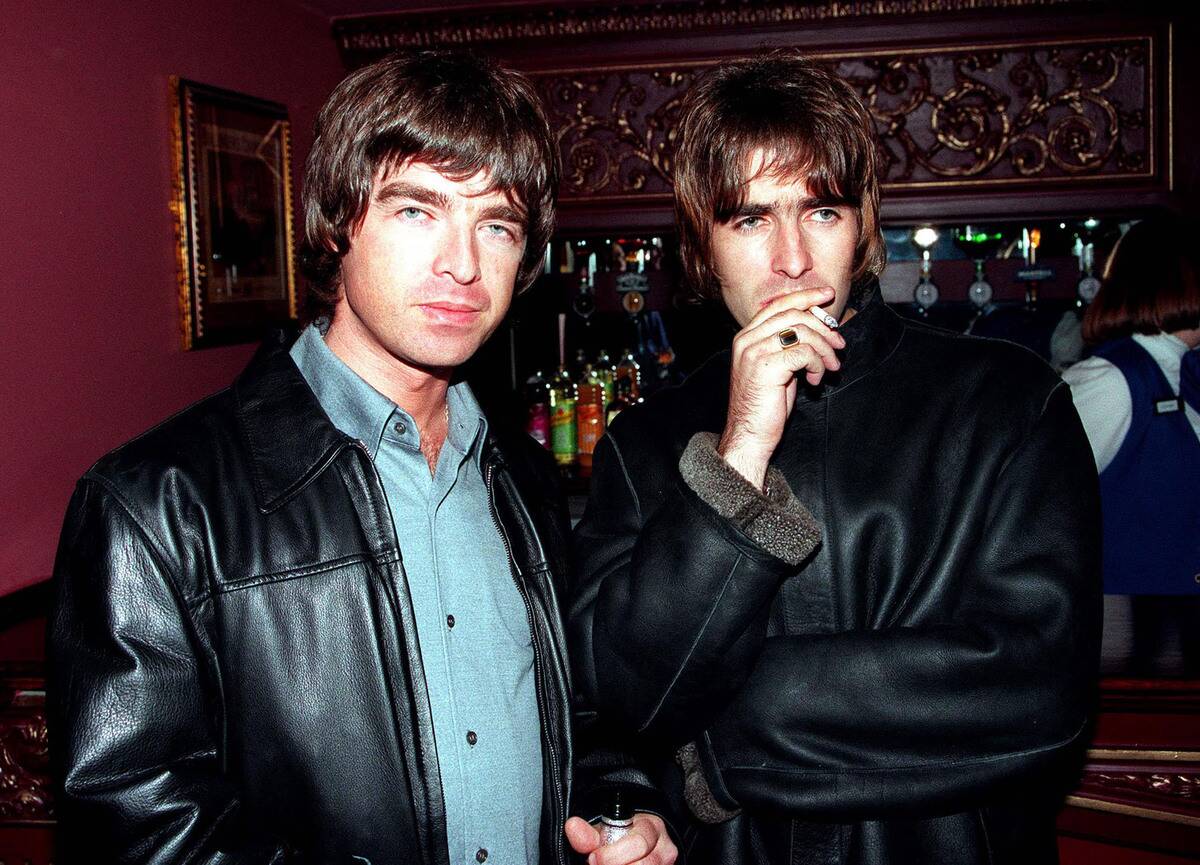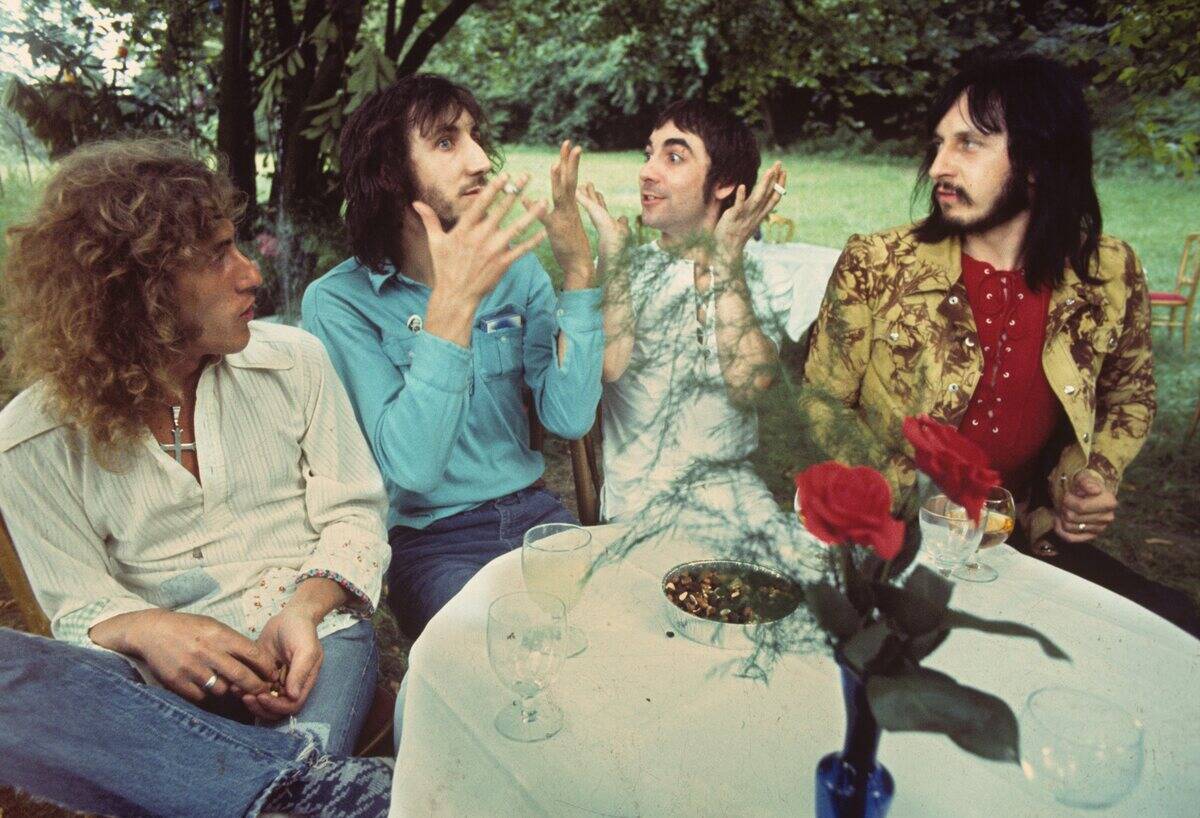Rock Bands Accused Of Stealing Songs
Have you ever listened to a new song on the radio and thought, “Hey, I’ve heard this before”? Welcome to the curious case of musical déjà vu, where melodies sound eerily familiar. It’s a phenomenon that has puzzled listeners and sparked debates for decades. The line between inspiration and imitation can be thin, and the world of music is full of gray areas. As we dive into some infamous cases, remember that even the most creative minds sometimes overlap.
The Notorious World of Song Stealing: A Brief Overview

Song stealing isn’t just a modern issue; it’s a tale as old as time itself. From classical composers to contemporary rock bands, many have faced accusations of borrowing a little too liberally from peers. The legal battles that ensue can be as complex as the music itself. With intellectual property laws aiming to protect artists’ work, the courtroom has become a stage for many a musical showdown. Let’s take a closer look at some of the most notable disputes.
Led Zeppelin and the “Stairway to Heaven” Controversy

Led Zeppelin’s iconic “Stairway to Heaven” has been at the center of a legal whirlwind. In 2014, it was alleged that the band lifted the opening riff from “Taurus” by Spirit. Despite the controversy, a 2016 jury ruled in favor of Led Zeppelin, stating that the similarities were not substantial enough to constitute copyright infringement. The case was revisited in 2018, only to end with the same verdict, leaving fans to ponder the fine line between homage and plagiarism.
The Beatles’ “Come Together” and Its Legal Battles

The Beatles, too, found themselves embroiled in legal trouble with “Come Together.” Chuck Berry’s publisher filed a lawsuit, claiming the song borrowed elements from Berry’s “You Can’t Catch Me.” The case was settled out of court, with John Lennon agreeing to record three songs from Berry’s publisher, including “You Can’t Catch Me.” It’s a reminder that even the Fab Four had to navigate the tricky waters of musical influence versus imitation.
Rolling Stones’ “Anybody Seen My Baby?” and the k.d. lang Connection

When the Rolling Stones released “Anybody Seen My Baby?” in 1997, they noticed an uncanny resemblance to k.d. lang’s “Constant Craving.” The similarity was so striking that Mick Jagger and Keith Richards added lang and her co-writer Ben Mink to the song’s credits. This proactive move avoided potential legal battles and highlighted how sometimes musicians themselves become acutely aware of influences they didn’t consciously realize during the creative process.
Oasis and the Case of “Shakermaker” vs. Coca-Cola’s Jingle

Oasis, known for their Britpop anthems, faced a unique challenge with “Shakermaker.” The song’s melody bore a striking resemblance to the Coca-Cola jingle “I’d Like to Teach the World to Sing.” Rather than fight it out in court, Oasis opted for a settlement. Noel Gallagher later quipped about the incident, saying he didn’t even like Coca-Cola. It’s a humorous reminder that sometimes, the similarities are just too sweet to ignore.
Coldplay’s “Viva La Vida” and the Joe Satriani Dispute

Coldplay’s “Viva La Vida” was not just a chart-topper but also a magnet for controversy. Guitarist Joe Satriani filed a lawsuit against the band, claiming they copied significant portions of his instrumental “If I Could Fly.” The case was eventually settled out of court, but not before stirring discussions about the influence and originality in music. The amicable resolution left fans wondering about the vast ocean of musical creativity and the occasional ripple of uncanny similarity.
Radiohead’s “Creep” and the Hollies’ Influence

Radiohead’s breakthrough hit “Creep” is another example where the past echoed into the present. The song’s chord progression and melody bore a strong resemblance to The Hollies’ “The Air That I Breathe.” Rather than let it spiral into a lengthy legal battle, Radiohead agreed to give Albert Hammond and Mike Hazlewood, the songwriters of “The Air That I Breathe,” co-writing credits. It’s a testament to how sometimes music is a harmonious blend of past inspirations.
The Verve’s “Bitter Sweet Symphony” and the Rolling Stones’ Legal Wrangle

The Verve’s “Bitter Sweet Symphony” is a classic case where a musical masterpiece met legal turbulence. The band used a sample from an orchestral version of a Rolling Stones song, landing them in hot water. The legal battle resulted in the Stones’ former manager, Allen Klein, receiving all royalties. In a twist of fate, it wasn’t until 2019 that Mick Jagger and Keith Richards relinquished rights back to The Verve, a bittersweet ending to a long-standing dispute.
Nirvana’s “Come as You Are” and Killing Joke’s “Eighties”

Nirvana’s “Come as You Are” has often been compared to Killing Joke’s “Eighties.” The similarity in the riff sparked rumors of a legal battle that never quite materialized. Despite the likeness, Killing Joke never pursued legal action, and the bands remained on amicable terms. It’s a nod to the rock world’s ability to recognize shared influences without resorting to courtroom drama, showcasing a mutual respect between artists.
Green Day’s “Warning” and the Kinks’ “Picture Book” Similarity

Green Day’s “Warning” stirred nostalgia for fans of The Kinks when they noticed its similarity to “Picture Book.” Though the two tracks share a bouncy rhythm and structure, no legal action was taken. Ray Davies of The Kinks noted the resemblance with a shrug, acknowledging the cyclical nature of musical creativity. It’s a playful reminder that sometimes, great minds—or rather, great bands—think alike.
Red Hot Chili Peppers’ “Dani California” vs. Tom Petty’s “Mary Jane’s Last Dance”

When “Dani California” hit the airwaves, listeners couldn’t help but draw parallels to Tom Petty’s “Mary Jane’s Last Dance.” The chord progression and vibe struck a familiar chord, though Petty opted not to pursue legal action. Instead, he took the similarity in stride, attributing it to the natural overlap in rock music. It’s a testament to how sometimes, the echoes of rock’s rich history resonate through the ages.
The Who and the Accusations of Borrowing from The Kinks

The Who faced scrutiny for their track “I Can’t Explain,” which bore similarities to The Kinks’ “You Really Got Me.” With both bands emerging from the vibrant British rock scene, such overlaps were perhaps inevitable. Rather than escalating to a legal battle, the matter was largely left to the court of public opinion. It’s a reflection of the era’s competitive yet collaborative spirit, where musicians often drew inspiration from their contemporaries.
Guns N’ Roses and the “Sweet Child o’ Mine” vs. Australian Crawl Dispute

Guns N’ Roses’ “Sweet Child o’ Mine” faced allegations of similarity to Australian Crawl’s “Unpublished Critics.” The opening guitar riff and melody sparked comparisons, but the case never went to court. Australian Crawl’s lead singer, James Reyne, found the likeness amusing rather than contentious. It’s an instance where potential conflict morphed into a shared musical nod, showcasing how rock legends can often find humor in the echoes of their art.
The Fine Line Between Inspiration and Imitation in Rock Music

In the world of rock music, the line between inspiration and imitation can be as thin as a guitar string. As we’ve seen, legendary bands and artists often find themselves navigating the complex terrain of musical influences. While some cases lead to legal battles, others are resolved with a nod and a smile. Ultimately, these stories remind us of the interconnectedness of creativity and how even the most original works can echo the past.



